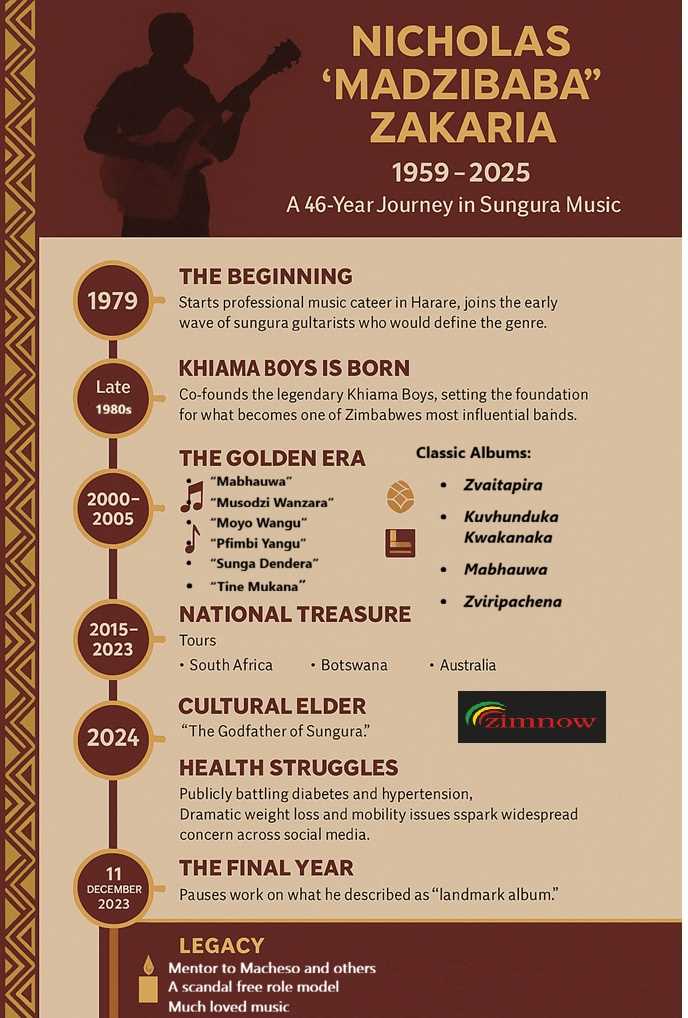
Agathe
Zim Now Writer
Increased wild animal activity near populated areas is raising concerns about potential attacks. In some parts of the country, children who have to travel long distances to and from school are particularly vulnerable.
To reduce this risk, authorities and parents are focusing on an educational initiative. The private Save Valley Conservancy, in collaboration with the National Parks Agency, has launched a program to teach children how to identify danger signs and coexist with wild animals. This program has now been integrated into schools in the regions concerned.
Schoolchildren often have to take wilder paths where they sometimes find footprints. They develop their strategies for coexisting with animals, and what to do if they encounter one... read the wind direction, use the sand and much more. But children are scared and feel unsafe when they go to school, often seeing that animals are always around.
Related Stories
The Save Valley Conservancy, a vast nature reserve in Zimbabwe, is a haven for a diversity of animal species, including giraffes and elephants. However, these large animals often find themselves in conflict with the local human population.
This humid, densely forested region is regularly hit by droughts, exacerbated by the El Niño phenomenon and climate change. These conditions have led to food shortages, creating increased competition between humans and animals for available resources.
Children are often the hardest hit in communities: they go to school, look after the animals, fetch water or wood... That's why one of the Save Valley Conservancy's programs targets schools to teach them about animal behavior.
In affected rural areas, school authorities are often forced to delay the start of classes and end them early. This allows children to walk to school and return home during the day, when wild animals are less likely to roam around communities.




















Leave Comments